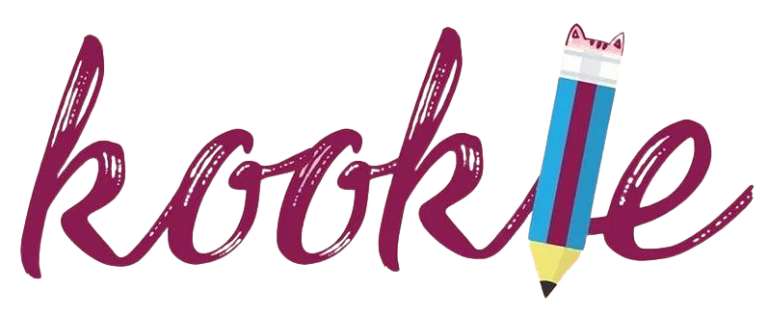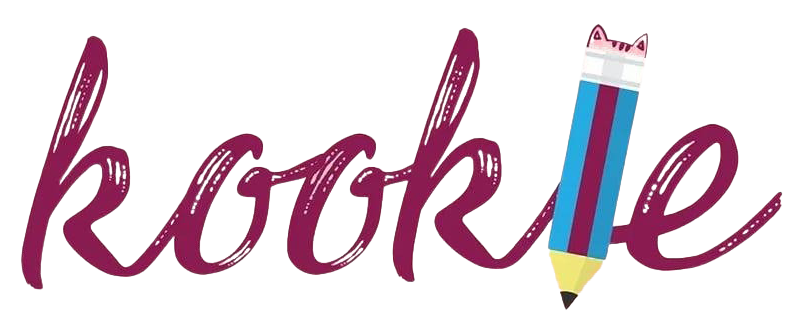What are the criteria you would consider when planning an event? Is it the location of the venue, the date of the event, or the guests of honour you select to grace your event? While it doesn’t seem immediately apparent, effective event planning can significantly boost your public relations efforts.
Here’s a step-by-step guide to help you create events that leave a lasting impression and generate positive media coverage:
1. Define your goals
The first thing you need to consider when planning your event is what you want to achieve. Is it to increase brand awareness, launch a new product, or strengthen relationships with key stakeholders? Next, you need to identify your target audience. Who are you trying to reach with your event?
Identifying these two important aspects will help streamline your event planning for better PR opportunities.
2. Choose the right event format
After you’ve defined your goal(s) and target audience, you need to choose the right event format that fits the picture. For instance, a press conference might suit a product launch, while a charity event could build goodwill.
Then, you’d also need to think about the logistics—factor in costs, venue availability, and potential challenges that may come with the chosen event format.
3. Develop a compelling theme
To ensure that your event will get people talking, you need to give them a reason to get them talking! Create a memorable theme, as this will help you stand out and capture attention. Most importantly, ensure the theme aligns with your brand and event goals.
4. Create a detailed timeline
Perhaps the most important part of your event planning is selecting a date. To ensure media availability, you may consider choosing a less busy date that doesn’t clash with other important events, such as the National Day Parade or the State Election. The last thing you need is to have your event overlooked and overshadowed by bigger functions.
To avoid becoming overwhelmed by the event planning task at hand, be sure to break down your event planning process into manageable tasks. Also, keep yourself and your team accountable by setting deadlines for each task to ensure timely completion.
5. Secure a memorable venue
Just as important as selecting a date, you must choose a venue that complements your theme and target audience. Do consider factors like accessibility, capacity, and amenities. Bear in mind that if your venue lacks accessibility, this may affect your guests’s ability to attend your event.
Lack of accessibility will also discourage members of the media, who are often busy darting from one function to the next, from covering your event.
6. Invite the right people
After selecting the best venue for your event and budget, create a guest list based on your target audience. When choosing to invite media and influencers to cover your event, prioritise media outlets and influencers that align with your brand and event goals.
7. Develop a PR strategy
To ensure sufficient hype and coverage for your event, it’s best to have a pre-event and post-event press release. Once the venue, date and guests of honour list have been finalised, create a press release to announce your event. For the best coverage, you may also consider offering exclusive interviews or behind-the-scenes access.
8. Leverage social media
The best medium to create awareness and hype is social media—mainly TikTok and Instagram—or Facebook if your target audience is older. Create a dedicated hashtag for your event and encourage your guests to share photos and experiences on social media. Live stream key moments to expand your reach.
9. On-site activation
During the event itself, create engaging activities and photo opportunities. A photo booth with an attractive background and props does the trick for many events. You can also rent a 360 photo booth that has become so popular in recent years.
In every successful event, refreshments and entertainment are very important. Make sure you have ample servings of both, and for the meet-and-greet or networking session, ensure that your staff are well-trained and knowledgeable about your brand.
10. Follow up and evaluate
This may not be absolutely necessary but it’s always nice to send thank-you notes to attendees and media post-event. Monitor media coverage and social media engagement on your event. Later, sit down for a post-mortem meeting with your team to gather feedback to improve future events.
By following these steps, you can plan events that generate significant PR and help you achieve your goals. If you need more help on how to throw a successful PR event, please don’t hesitate to contact us on WhatsApp!
Here’s a step-by-step guide to help you create events that leave a lasting impression and generate positive media coverage:
1. Define your goals
The first thing you need to consider when planning your event is what you want to achieve. Is it to increase brand awareness, launch a new product, or strengthen relationships with key stakeholders? Next, you need to identify your target audience. Who are you trying to reach with your event?
Identifying these two important aspects will help streamline your event planning for better PR opportunities.
2. Choose the right event format
After you’ve defined your goal(s) and target audience, you need to choose the right event format that fits the picture. For instance, a press conference might suit a product launch, while a charity event could build goodwill.
Then, you’d also need to think about the logistics—factor in costs, venue availability, and potential challenges that may come with the chosen event format.
3. Develop a compelling theme
To ensure that your event will get people talking, you need to give them a reason to get them talking! Create a memorable theme, as this will help you stand out and capture attention. Most importantly, ensure the theme aligns with your brand and event goals.
4. Create a detailed timeline
Perhaps the most important part of your event planning is selecting a date. To ensure media availability, you may consider choosing a less busy date that doesn’t clash with other important events, such as the National Day Parade or the State Election. The last thing you need is to have your event overlooked and overshadowed by bigger functions.
To avoid becoming overwhelmed by the event planning task at hand, be sure to break down your event planning process into manageable tasks. Also, keep yourself and your team accountable by setting deadlines for each task to ensure timely completion.
5. Secure a memorable venue
Just as important as selecting a date, you must choose a venue that complements your theme and target audience. Do consider factors like accessibility, capacity, and amenities. Bear in mind that if your venue lacks accessibility, this may affect your guests’s ability to attend your event.
Lack of accessibility will also discourage members of the media, who are often busy darting from one function to the next, from covering your event.
6. Invite the right people
After selecting the best venue for your event and budget, create a guest list based on your target audience. When choosing to invite media and influencers to cover your event, prioritise media outlets and influencers that align with your brand and event goals.
7. Develop a PR strategy
To ensure sufficient hype and coverage for your event, it’s best to have a pre-event and post-event press release. Once the venue, date and guests of honour list have been finalised, create a press release to announce your event. For the best coverage, you may also consider offering exclusive interviews or behind-the-scenes access.
8. Leverage social media
The best medium to create awareness and hype is social media—mainly TikTok and Instagram—or Facebook if your target audience is older. Create a dedicated hashtag for your event and encourage your guests to share photos and experiences on social media. Live stream key moments to expand your reach.
9. On-site activation
During the event itself, create engaging activities and photo opportunities. A photo booth with an attractive background and props does the trick for many events. You can also rent a 360 photo booth that has become so popular in recent years.
In every successful event, refreshments and entertainment are very important. Make sure you have ample servings of both, and for the meet-and-greet or networking session, ensure that your staff are well-trained and knowledgeable about your brand.
10. Follow up and evaluate
This may not be absolutely necessary but it’s always nice to send thank-you notes to attendees and media post-event. Monitor media coverage and social media engagement on your event. Later, sit down for a post-mortem meeting with your team to gather feedback to improve future events.
By following these steps, you can plan events that generate significant PR and help you achieve your goals. If you need more help on how to throw a successful PR event, please don’t hesitate to contact us on WhatsApp!








